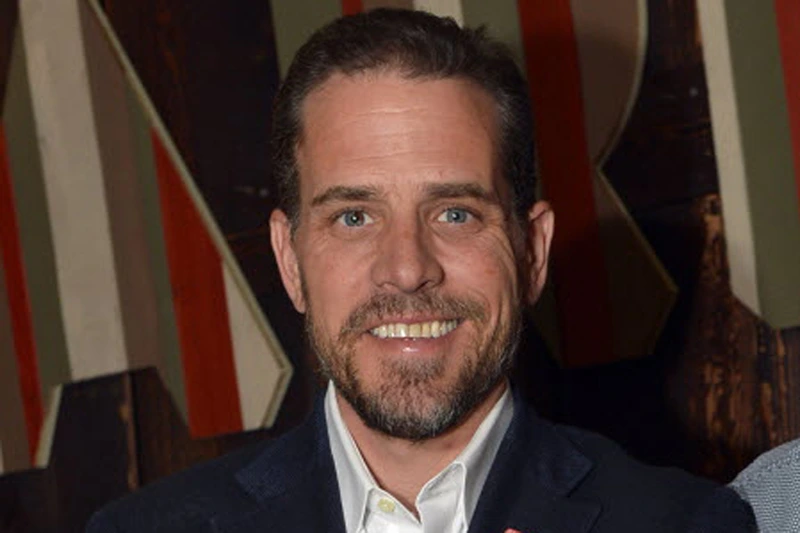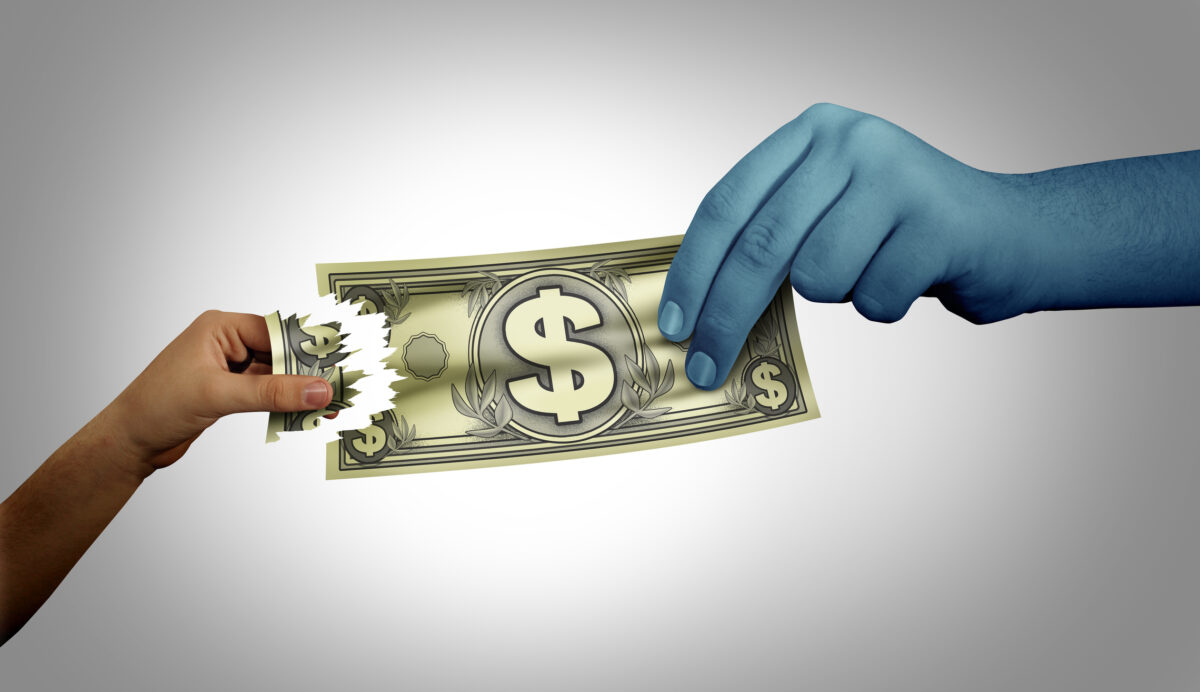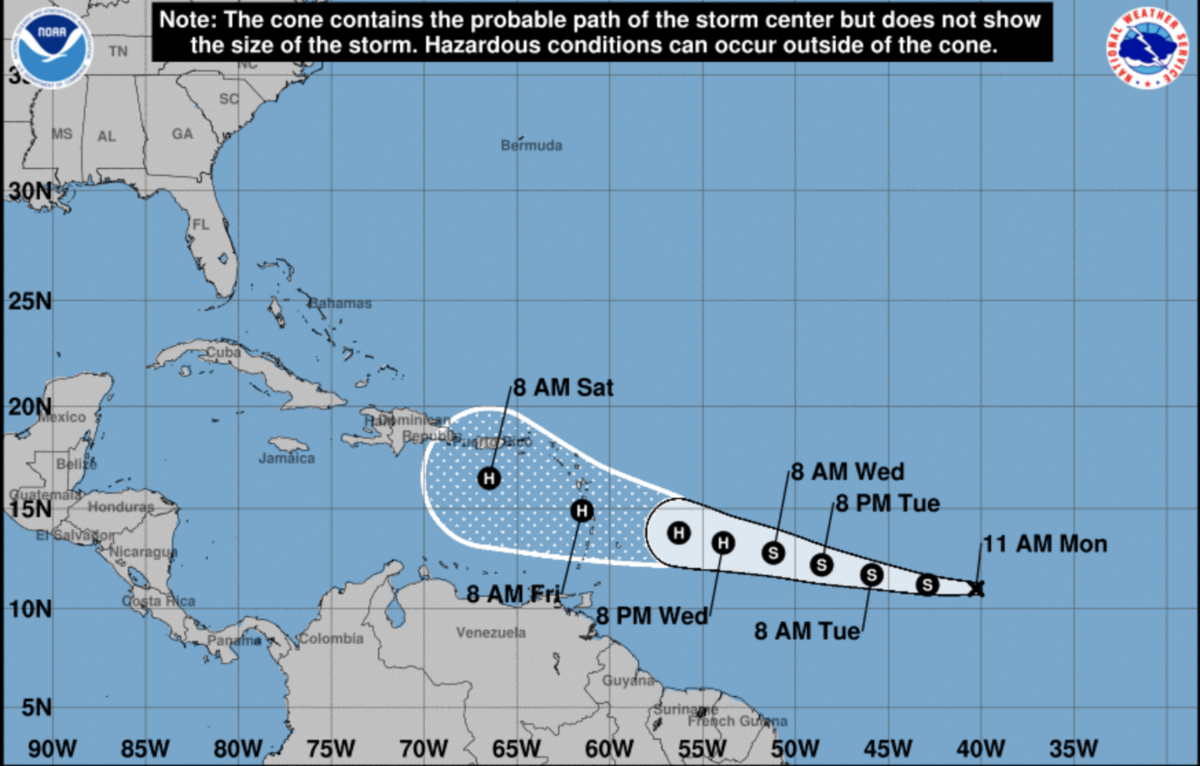November Inflation Surges Less Than Expected
The Consumer Price Index (CPI) rose 7.1% between November 2021 and November 2022, according to a Tuesday report from the Bureau of Labor Statistics, showing that inflation has continued to slow amid harsh contractionary policy from the Federal Reserve.
The month-to-month increase of 0.1% was below analysts’ forecasts, while core inflation, which factors out the more volatile food and energy categories, rose 0.2%. An increase in food prices of 0.5% and an increase in shelter prices of 0.6% contributed to the headline number as energy prices fell 1.6%.
Year-over-year inflation as of November was lower than the previous October reading of 7.7%. Energy costs have fallen from their peak earlier this summer.
Policymakers at the Federal Reserve have been carefully tracking data releases on inflation and employment as officials reverse nearly three years of aggressive monetary stimulus, including near-zero target federal funds rates and the purchase of government securities from market actors. Policymakers have raised rates by three-quarters of a percentage point on four consecutive occasions, leading to volatility in the housing market and raising the cost of borrowed funds for consumers and businesses.
Bankrate Chief Financial Analyst Greg McBride predicted in comments provided to The Daily Wire that central bankers will raise target interest rates by one-half of a percentage point at their next meeting. “They will still be raising interest rates now and into 2023,” he remarked. “The ultimate stopping point is unknown, as is how long rates will stay at that eventual destination.”
The decision to hike rates by three-quarters of a percentage point rather than the quarter-point customary pace had not been made in nearly three decades, let alone on four consecutive occasions. McBride added that the months ahead will see the Federal Reserve increasing rates “at a more customary pace.”
Americans have been relying upon credit card debt and using their previous savings amid the continual cost pressures. Households only saved 2.3% of their disposable income, marking a salient decline from savings rates between 7% and 9% of income in the years before the lockdown-induced recession in February 2020, according to data from the Bureau of Economic Analysis. The decline in savings occurs despite favorable interest rate conditions.
“Credit card rates are at a record high and still increasing. Auto loan rates are at an 11-year high, home equity lines of credit are at a 15-year high, and online savings account and CD yields haven’t been this high since 2008,” McBride added. “Consumer borrowing and savings rates will climb further. Pay down costly credit card debt and boost emergency savings to better weather whatever may lie ahead economically.”
Recent policy actions from the Federal Reserve have also caused mortgage rates to witness one of the most significant sustained increases in decades. The 30-year fixed mortgage rate remained below 3% for much of the past two years, according to data from government-backed mortgage company Freddie Mac, before briefly surpassing 7% last month.
“After cresting above 7%, mortgage rates have pulled back a bit but not enough to impact buyer affordability,” McBride continued. “The year-to-date rise in mortgage rates has still stripped would-be homebuyers of one-third of their buying power.”
" Conservative News Daily does not always share or support the views and opinions expressed here; they are just those of the writer."





